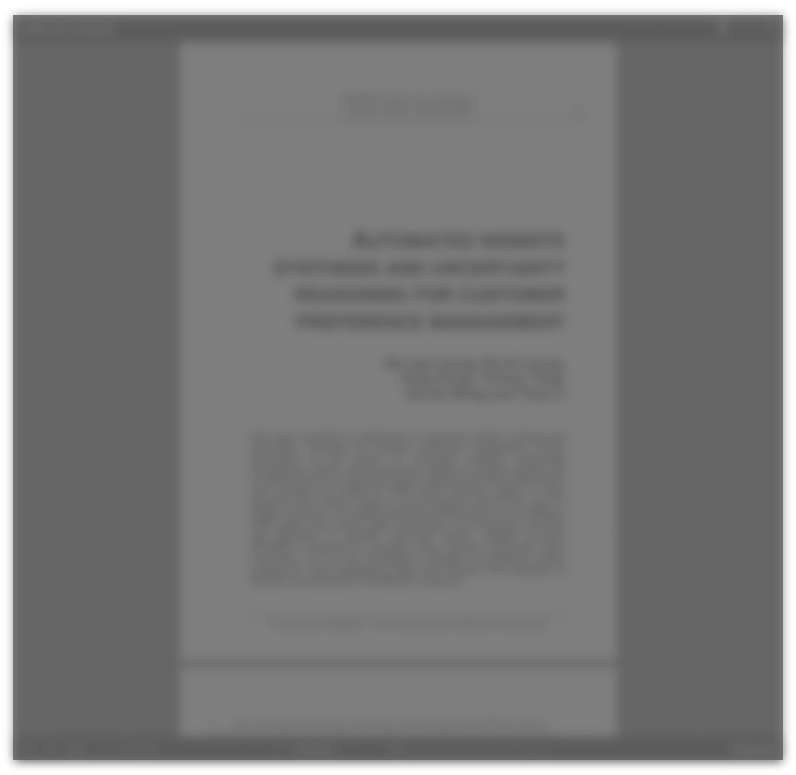Abstract:
It is in the interests of the advertisers and media owners to know about reading behaviour - either in relation to specific advertisements or with regard to entire media. The problem is that widely-used methods of collecting data relating to reading and "looking at" have been shown to be inaccurate in a number of ways. This paper briefly describes these methods, and some of the difficulties that are involved in their use and interpretation. However, conventional methods of measuring eye movement pose problems of interpretation and in any event lead to most unnatural reading situations. An observational technique that overcomes these difficulties was first developed by the Institute for Market Psychology in Mannheim. Currently, it is being used by BMRB in the U.K. under the name DEMOS - Direct Eye Movement Observation System. Some of our experiences in validation work with this technique are discussed, and results are given of experimental work on: 1. The accuracy of the system; 2. the effects of observation on reading behaviour, and; 3. the relationship between claimed and actual behaviour. The remainder of the paper concerns the potential wider application of this method of data collection to advertisement and media research needs.
This could also be of interest:
Research Papers
 Direct questions on reading habits
Direct questions on reading habits
Catalogue: ESOMAR Conference 1962: Research Into Certain Advertising Problems
Author: Jean Michel Agostini
 June 15, 1962
June 15, 1962
Research Papers
 Weighting reading frequency
Weighting reading frequency
Catalogue: Seminar 1976: Beyond Vehicle Audiences
Author: Friedrich W. R. Tennstädt
Company: Institut für Demoskopie Allensbach GmbH
 March 1, 1976
March 1, 1976
Research Papers
 Reading probabilities
Reading probabilities
Catalogue: Seminar 1990: The Quality Of Media Information
Authors: Sigurd Bennike, Hanne Treu Olsen, Simon Ortmann
 June 15, 1990
June 15, 1990






